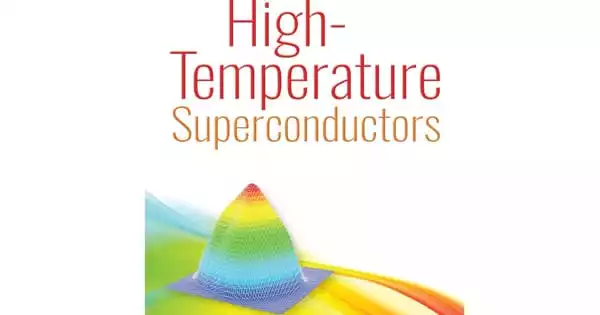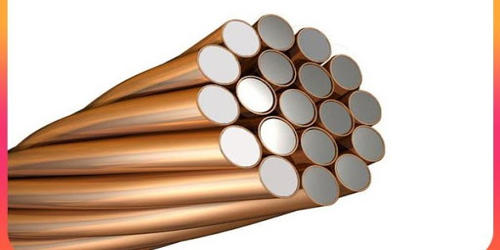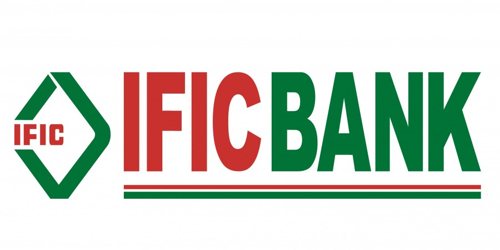When a photon interacts with a substance, it causes its atoms to change their quantum state (a description of nature’s physical qualities at the atomic level). The ensuing state is fittingly named photoexcitation. These photoexcitations are thought to kill each other when they come into contact, drastically restricting their density and mobility. This, in turn, reduces the efficiency of photo-excited equipment such as solar cells and light-emitting gadgets.
However, in a study published on June 19 in the journal Nature Chemistry, scientists from Northwestern University and Purdue University dispute this assumption by demonstrating that annihilation is dependent on photoexcitation quantum phase correlations. This indicates that when such quantum phases interfere destructively, photo excitations do not always destroy one other.
“Quantum interference is frequently thought to be fragile,” said Northwestern’s Roel Tempelaar.
“This is an exciting new direction for using quantum interference made possible by detailed chemical control of molecular crystals.” Our team is making strides in the field by empirically establishing control of annihilation by quantum interference, a principle predicted theoretically by one of the current study’s authors. This contradicts the widely held belief that annihilation is a ‘classical’ (non-quantum) event.”
Tempelaar is a chemistry assistant professor at the Weinberg College of Arts and Sciences. He is a member of Northwestern’s Center for Molecular Quantum Transduction.
The work, conducted by Purdue University’s Tempelaar and Libai Huang, demonstrates that quantum interference sensitively influences the behavior of a photoexcitation. The scientists created perylene diimide molecules—an industrial dye—to crystallize in various ways with different motifs by adding different chemical side-groups to identical molecules. The quantum phase relationships of the photoexcitations inside each crystal differed dramatically, resulting in orders-of-magnitude discrepancies in their rate of annihilation.
The researchers used quantum chemistry calculations to predict the difference in annihilation rates among the molecular crystals, and their findings were confirmed by spectroscopic observations.
The researchers took extra care to distinguish the spectroscopic contribution of excitation mobility, which permits photoexcitations to collide, from the annihilation process itself. This was accomplished by time-resolved microscopy-spectroscopy, which allows for the determination of mobility rates, and laser-intensity control, which allows for the variation of the likelihood of annihilation.
The researchers expect that their work will be used to develop novel devices such as solar cells with high photoexcitation densities and mobilities. Such upgraded devices would necessitate precise control of photoexcitation quantum phases, which would be possible with crystals with specially designed packing motifs. Optoelectronics and quantum information science could be among the applications.
“By using quantum interference as a primary ingredient, this research helps pave the way for more advanced molecular material design,” Tempelaar added.
















